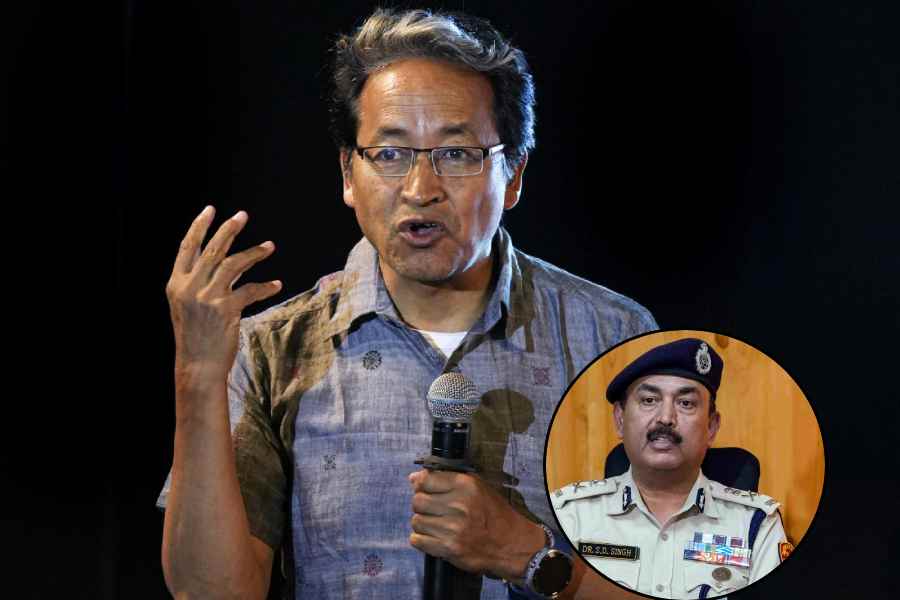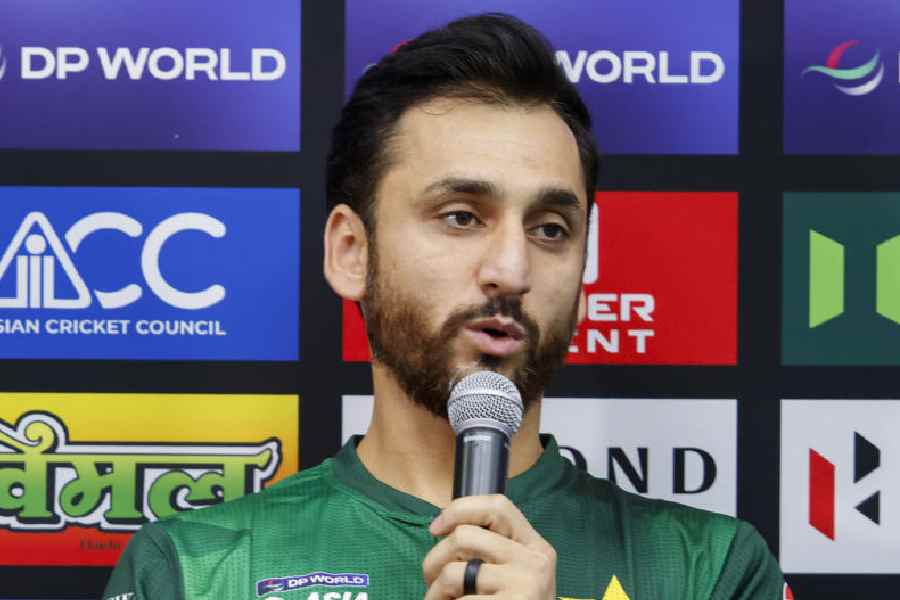Shillong: Chairman of the Indian Medical Association's Prevention of Diabetic Blindness project N.S.D. Raju has asserted that exercise, good food habits and regular check-ups are the key aspects to control diabetes.
Speaking to The Telegraph after the launch of the project for the Northeast here, Raju said the project was launched in 2015 by the then president of IMA, A. Marthanda Pillai. The IMA-PDB project envisages a dual approach for the control and prevention of diabetic blindness in India. The first measure is to create and spread awareness on diabetes and the next step is to screen all the diabetics for diabetic retinopathy.
The project is a joint venture of the IMA and the All India Ophthalmologic Society (AIOS). "Diabetes is a serious health issue in India with more than 70 million people suffering from the disease. Diabetes, if not well-controlled, can lead to loss of vision or blindness, kidney diseases and many more," Raju said.
He, however, said the most important of all complications is diabetic blindness, which is preventable, provided it is detected at an early stage and given appropriate treatment.
"There are more than 20 million people in India who are harbouring diabetic retinopathy, which has the potential to cause blindness, therefore we are launching the project throughout the country," Raju said.
When asked about the causes of diabetes in the Northeast, Raju said diabetes is a lifestyle disease where physical exercise is of utmost importance. "Lack of physical activities is much more in the Northeast because of local situations like terrain, which makes it impossible for regular physical activity," he said.
He pointed out that food habits with people having access to junk and fast food is another cause for diabetes.
Diabetes in Meghalaya has shown an increase with over 1,00,000 people suffering from the disease with approximately 10,000 among them with diabetic retinopathy. The Bansara Eye Care Centre here with World Diabetes Foundation conducted a project on diabetic retinopathy in the state for over a period of three years (2013-2016). Of the 1,68,461 patients, 9,500 diabetics were detected and screened for diabetic retinopathy and 1,485 people were treated for the disease.
Meghalaya governor Ganga Prasad released the Report of Activities, 2017, for the Prevention of Diabetic Blindness project. IMA and AIOS, in collaboration with Bansara Eye Care Centre and Society for Promotion of Eye Care and Sight organised an awareness campaign on prevention of diabetic blindness and organised a free diabetic screening and diabetic retinopathy camp here.










